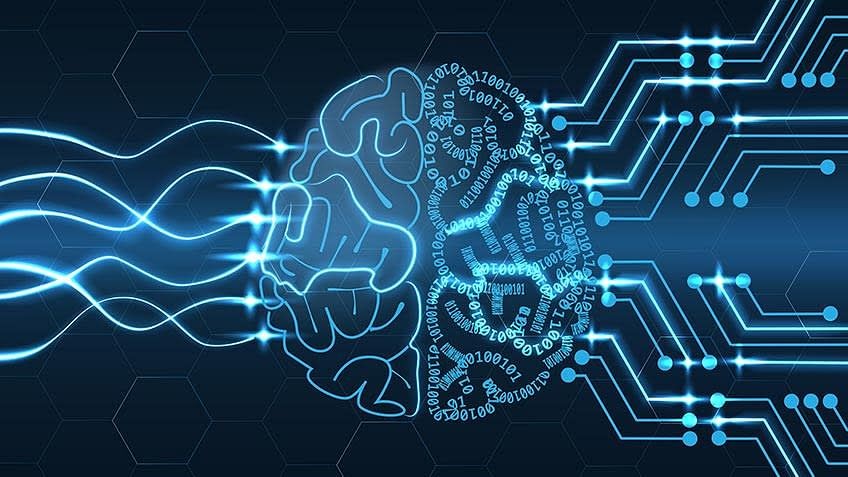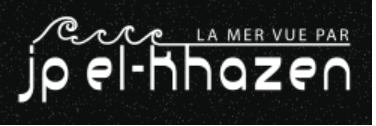
by Microsoft research — The Global Health Drug Discovery Institute (GHDDI) (opens in new tab) and Microsoft Research recently achieved significant progress in accelerating drug discovery for the treatment of global infectious diseases. Working in close collaboration, the joint team successfully used generative AI and foundation models to design several small molecule inhibitors for essential target proteins of Mycobacterium tuberculosis and coronaviruses. These new inhibitors show outstanding bioactivities, comparable to or surpassing the best-known lead compounds.
This breakthrough is a testament to the team’s combined efforts in generative AI, molecular physicochemical modeling, and iterative feedback loops between scientists and AI technologies. Normally, the discovery and in vitro confirmation of such molecules could take up to several years, but with the acceleration of AI, the joint team achieved these new results in just five months. This research also shows the tremendous potential of AI for helping scientists discover or create the building blocks needed to develop effective treatments for infectious diseases that continue to threaten the health and lives of people around the world. Since 2019, for example, there have been more than 772 million confirmed cases of COVID-19 worldwide and nearly 7 million deaths from the virus, according to the World Health Organization (WHO), the Centers for Disease Control, and various other sources. Although vaccines have reduced the incidence and deadliness of the disease, the coronavirus continues to mutate and evolve, making it a serious ongoing threat to global health. Meanwhile, the WHO reports that tuberculosis continues to be a leading cause of death among infectious diseases, second only to COVID-19 in 2022, when 10.6 million people worldwide fell ill with TB and the disease killed 1.3 million (the most recent figures currently available).








